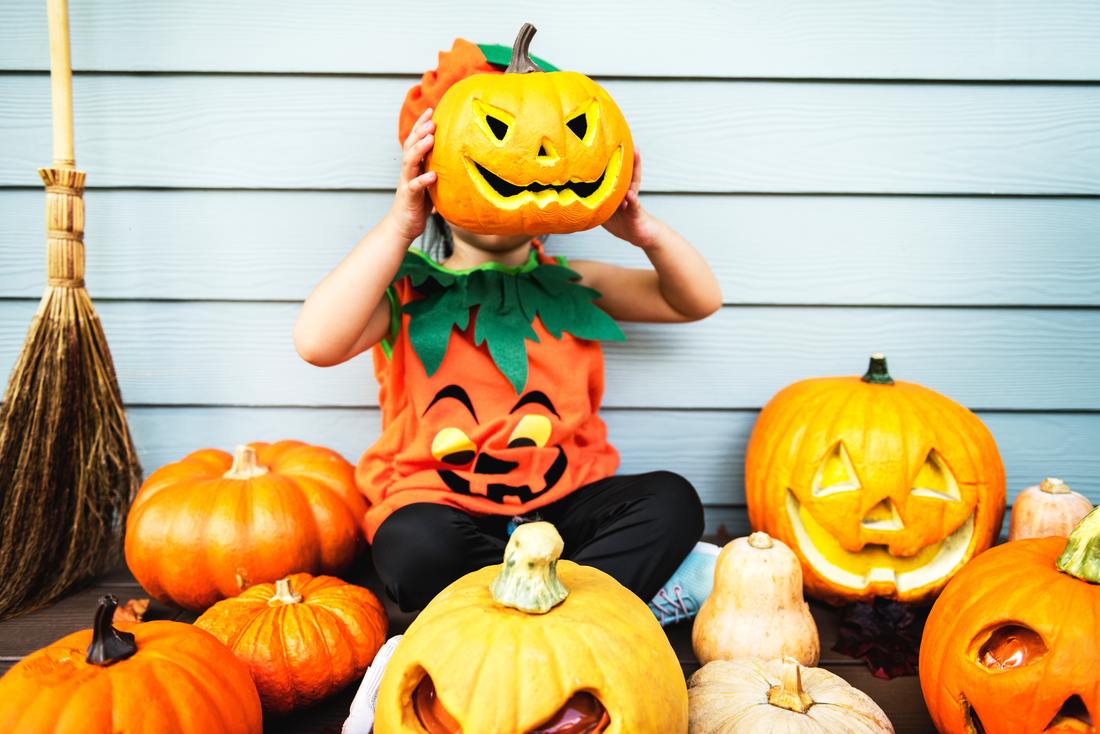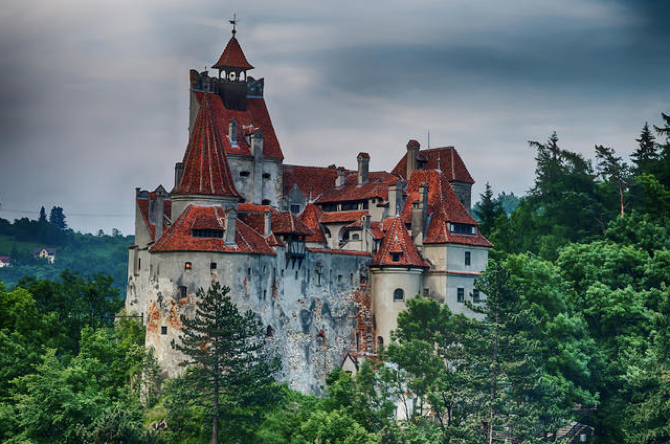|
By: M. C. Dutra During most of my childhood, Halloween was always that amazing day specifically made for me to dress up in fun costumes and gather candy. However, not every nation celebrates the beloved holiday the way westerners do by dressing up, a fact that is unknown and surprising to most of us. Many countries use this holiday to not only celebrate their culture but also pray for their departed loved ones. Here are some of the most interesting Halloween celebrations worldwide: 1. Día de los Muertos (Mexico and other Latin countries) In Mexico and some other Latin countries, it is believed that from midnight on October 31st to November 2nd the gates of heaven are opened, and all the souls from children and adults return to Earth so they can reunite with their families. The holiday is called Día de los Muertos, meaning ‘the Day of the Dead’ when translated to English. Latin people celebrate this holiday by making an in-home altar with food and beverages such as fruits, water, tortillas, and a holiday bread called pan de muerto (bread of the dead), along with toys and cigarettes, which are left as offerings for the souls visiting them. Out of all the Halloween celebrations covered in this article, Día de los Muertos is probably the most popular one as it is a trademark of the Mexican culture and it is portrayed in many movies. 2. All Saints' Day (Worldwide) Instead of Halloween being celebrated on October 31st, it is celebrated on the 1st of November by Catholics around the world. It has the same idea of Día de los Muertos, but instead of Catholics only honouring the lives of their loved ones, they also honour the lives of the saints who died for their Catholic beliefs. During this holiday, people go to mass and visit the graves of their loved ones. Additionally, some countries have their own traditions: in Germany, their tradition is to hide their kitchen knives so that the returning spirits don’t get harmed or harm the living. In Italy, the date is a national holiday, known as Ognissanti. The Italians begin holiday celebrations a couple of days before the actual date by leaving flowers, generally chrysanthemums) not only on the graves of their loved ones who passed away but also on the graves of complete strangers, turning Italian cemeteries into an enchanting display of colours. Additionally, Italians also put a red candle on their windows at sunset and set a place at their dinner tables for spirits who will hopefully visit them, paying tribute to their departed loved ones. Furthermore, in Poland the tradition occurs in early November and the holiday is known as Dzień Zaduszny (All Souls' Day). The Polish celebrate the holiday with candles and flowers, travelling to cemeteries to visit the graves of family members who passed away and offering prayers for their departed relatives. During the second day of celebrations, the Polish attend a requiem mass for the souls of the departed ones. 3. Pitru Paksha (India) During 16 days of the second Paksha ("party" in Hindu) of the Hindu lunar month of Bhadrapada, many Indians celebrate Pitru Paksha, which is based on the belief that when a person dies, the Hindu god of death, Yama, takes his/her soul to purgatory, where they will be able to meet with their last three generations of family members. To ensure their family's place in the afterlife, the ritual of Shraddha must be performed along with a fire ritual. If the ritual isn't performed, the dead person's soul will wander our planet alone for eternity. During these 16 days, the souls departed loved ones return to Earth to be with their families, and the families offer to the dead food such as sweet rice and milk, lentils and pumpkins. 4. Day of Dracula (Romania) Also celebrated on October 31st, the Day of the Dracula is based on the 15th century Prince Vlad Tepes, who inspired the creation of the terrifying tale of Dracula. Thus, many people come to Romania during this time of the year to visit the Bran castle (known to be Dracula's castle, even though Prince Vlad didn't live there). Despite that, the celebrations in Romania are just like the traditional Halloween ones where costumes parties are held, and people are usually dressed as ghosts, vampires, etc. to represent scary beliefs that many people were spooked about over time. 5. Pangangaluluwa (Philippines) Similar to the western annual tradition of children going from door to door in costumes to ask for candy ("trick or treating"), Filipino children go door to door in costumes to sing and ask people to pray for those who are stuck in the purgatory and want to get to heaven.
The festivity starts on October 31st and lasts three days. The "Filipino trick or treating" occurs in day 1. During the other 2 days, people go to the cemetery to visit the graves of their loved ones, embellishing them with flowers and candles.
0 Comments
Leave a Reply. |
Categories
All
Archives
June 2024
|






